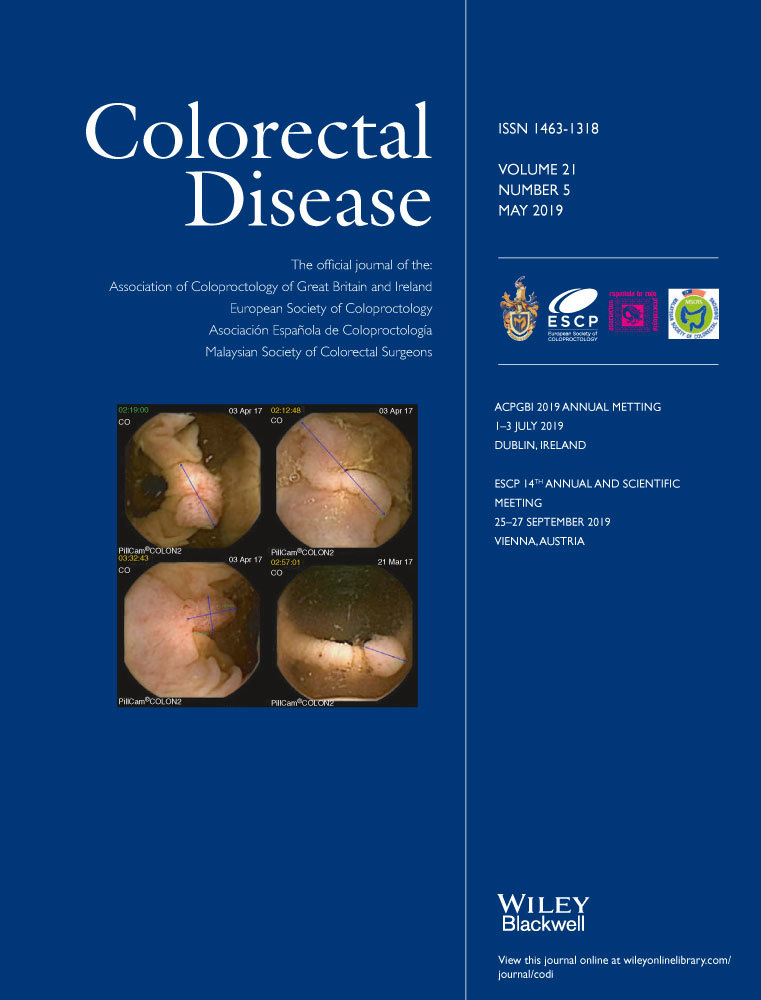Endorectal advancement flap for complex anal fistula: does flap configuration matter?
Abstract
Aim
Treatment of complex anal fistula (CAF) is challenging, often requiring multiple operations due to a high failure rate. The plethora of options attests to the lack of a panacea. Endorectal advancement flap (ERAF) carries the advantages of no sphincter division, no contour defect to the anal canal and no perineal wound. The failure rate of this procedure ranges between 15% and 60%. Although the procedure traditionally described a rhomboid (tongue-shaped) flap, an elliptical (curvilinear) flap was introduced to try to improve the results. This study aimed to describe the elliptical-shaped ERAF performed by the senior authors and others and compare failure rates between elliptical and rhomboid ERAFs for CAF.
Method
A retrospective review of all patients who underwent ERAF for CAF between 2011 and 2017 was undertaken. Patients were divided into two groups based on the type of flap: rhomboid or elliptical. The main outcomes measures were postoperative persistent or recurrent fistula.
Results
Seventy-six ERAF procedures for CAF were identified in 71 patients; 39 had a classic rhomboid flap and 37 had an elliptical configuration with mean follow-up of 13.8 and 13.9 months, respectively. The groups were similar for demographic parameters and preoperative fistula characteristics. The overall failure rate was 37%, with a success rate of 64% in the rhomboid and 62% in the elliptical group.
Conclusion
The shape of the ERAF for treatment of CAF does not appear to influence failure rate.




